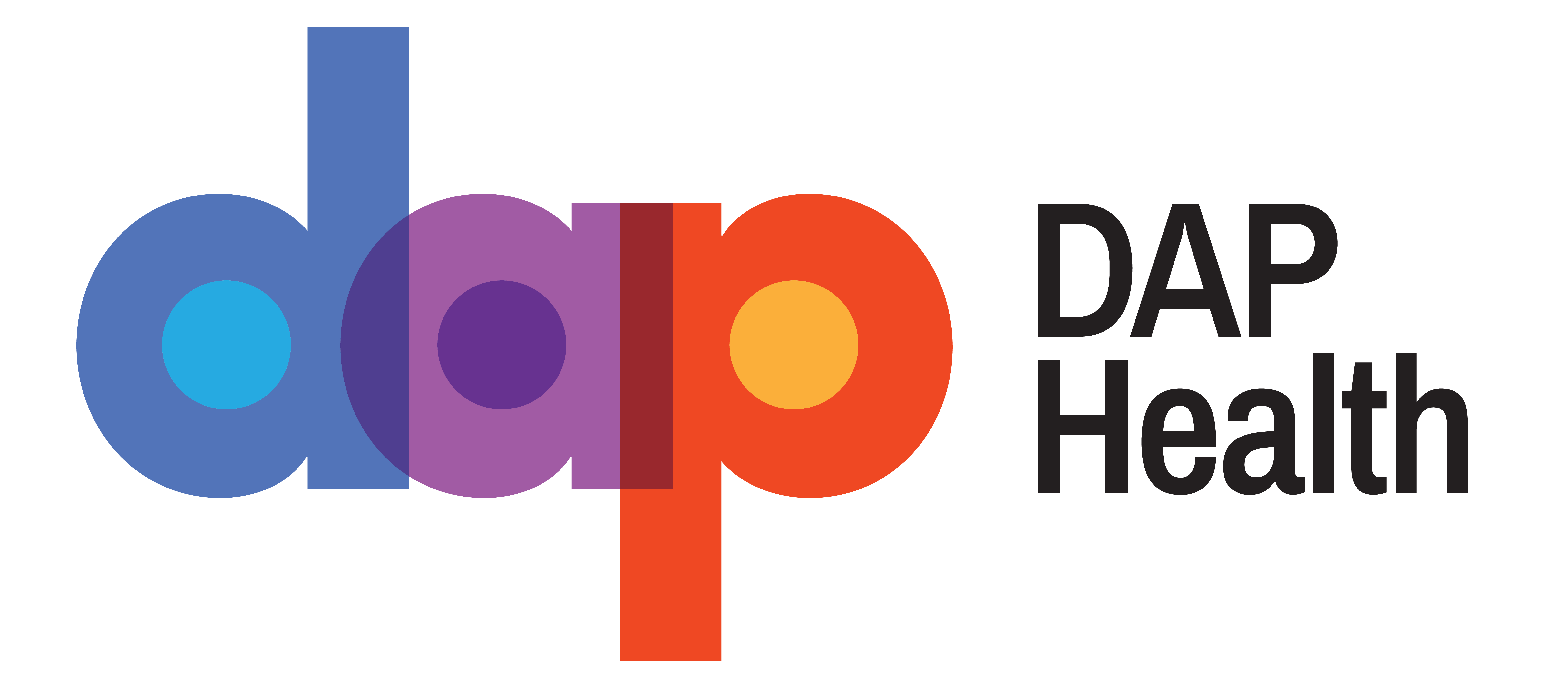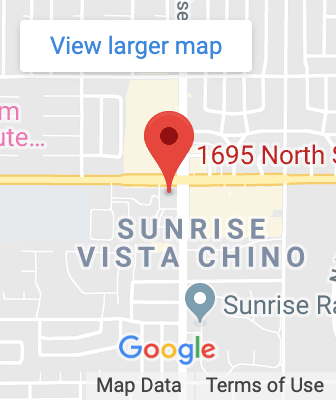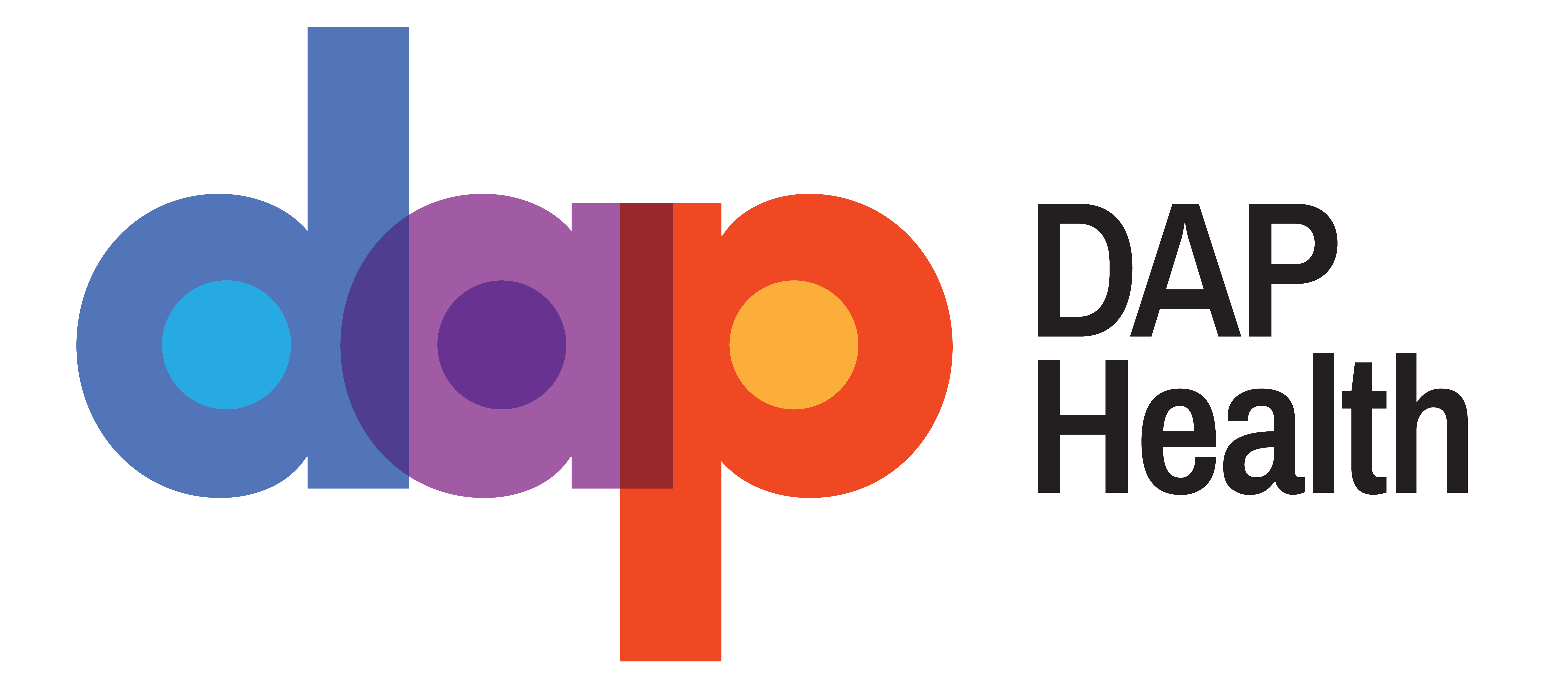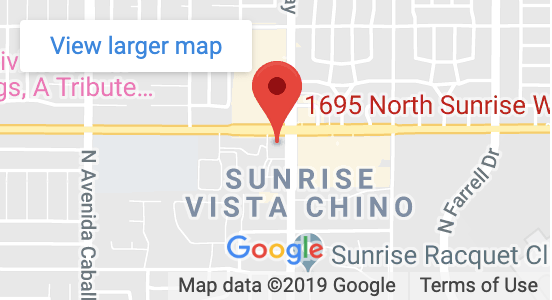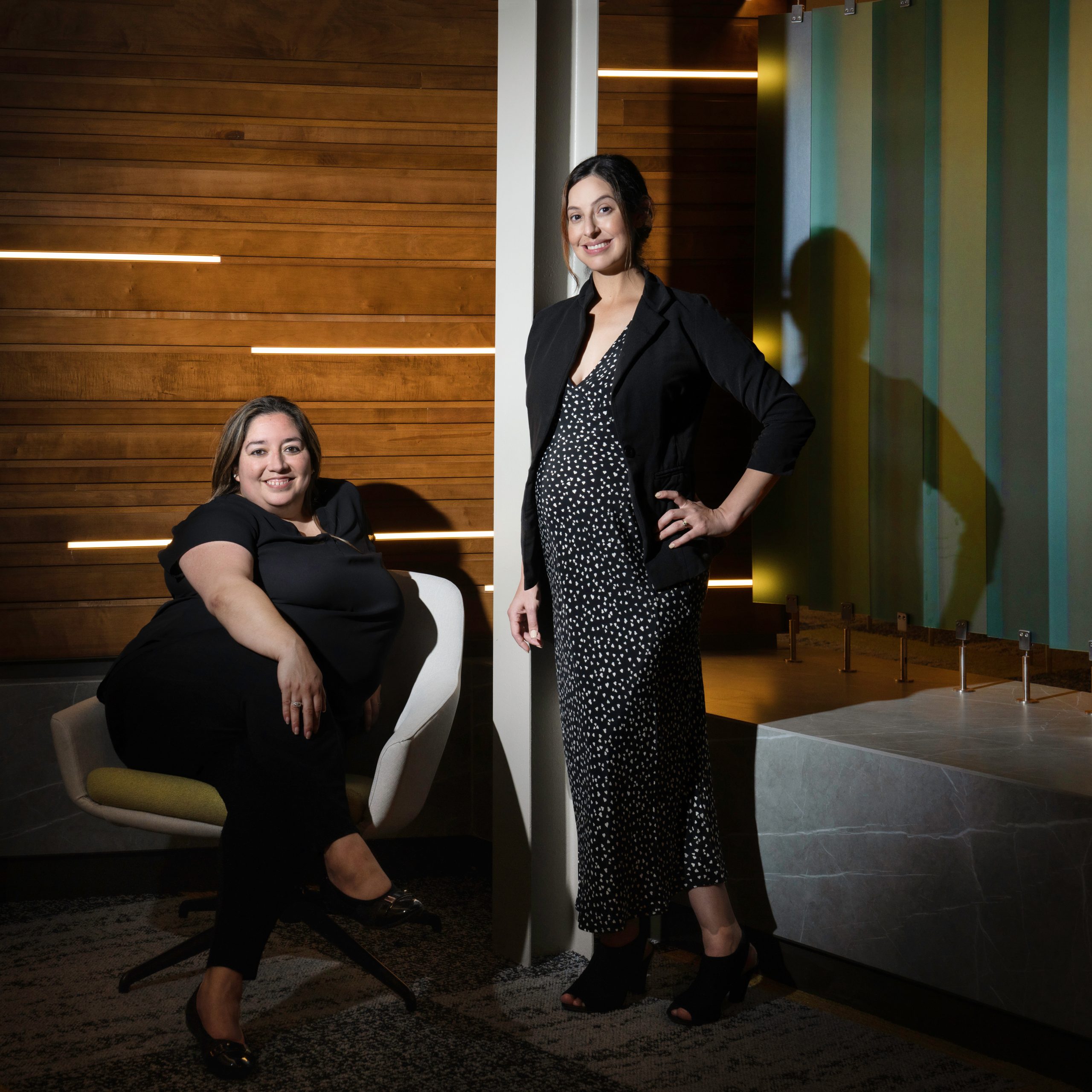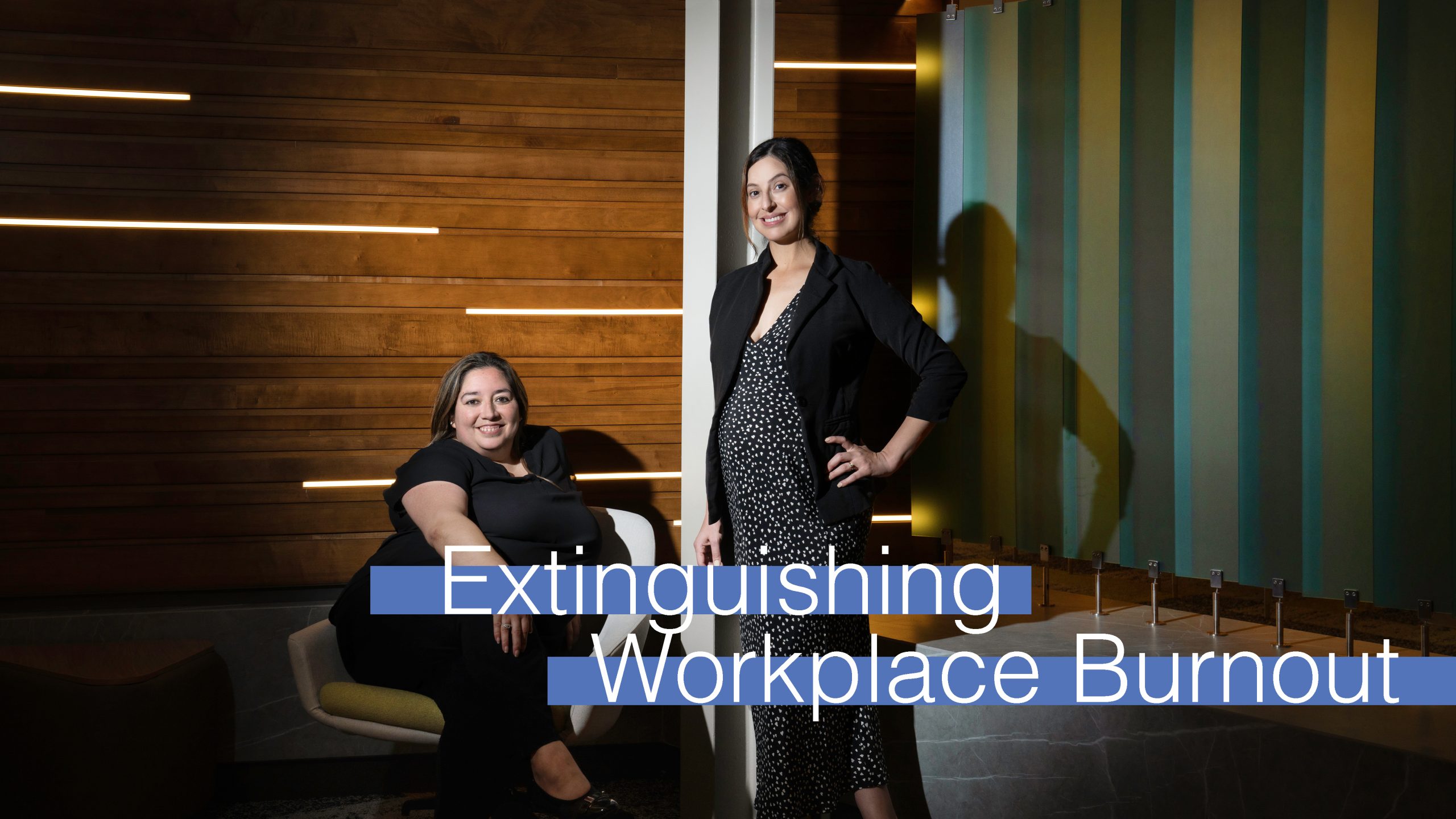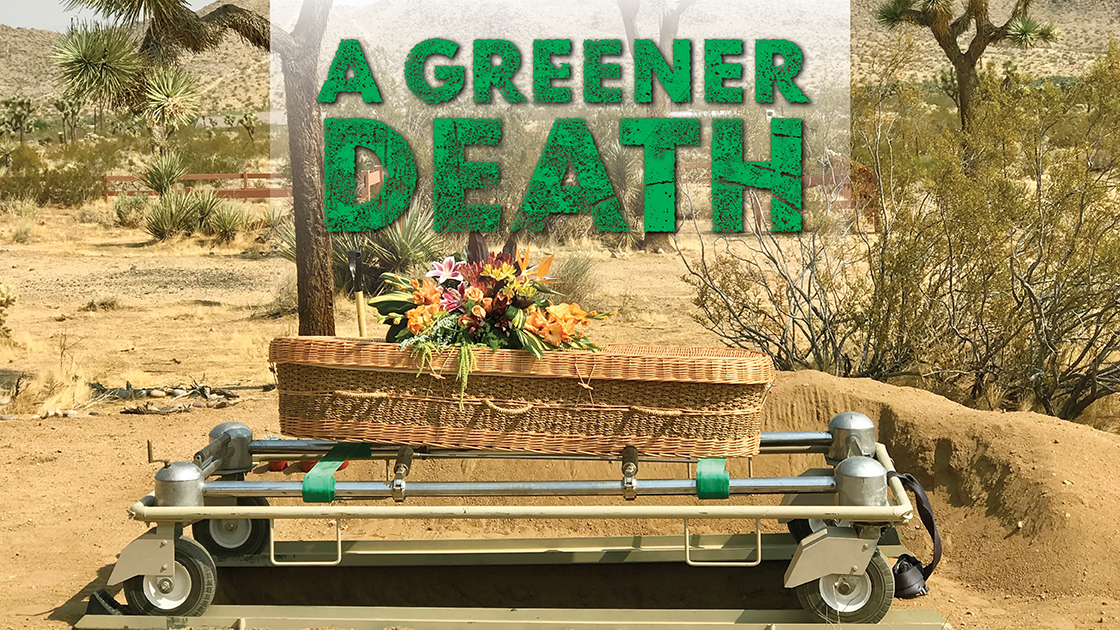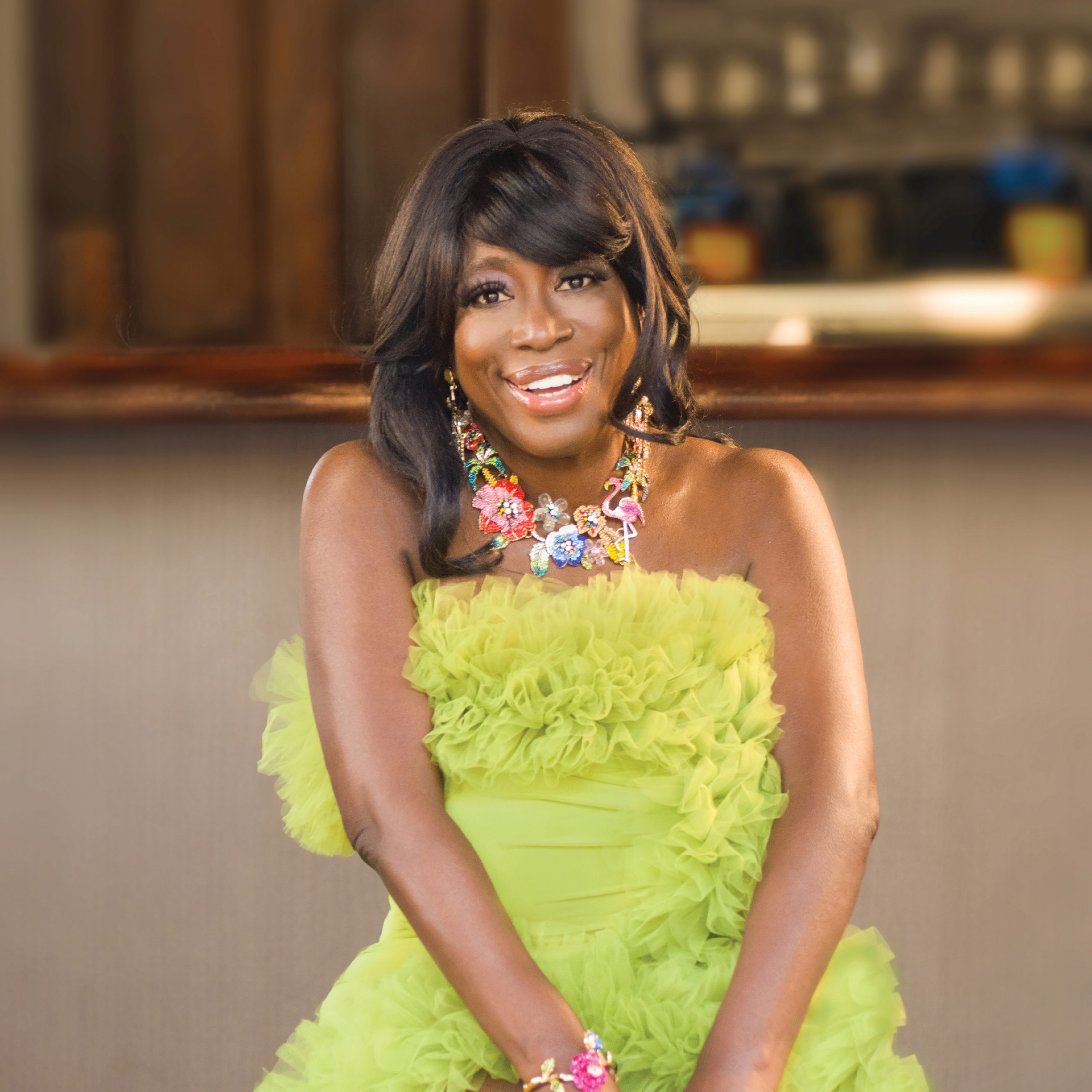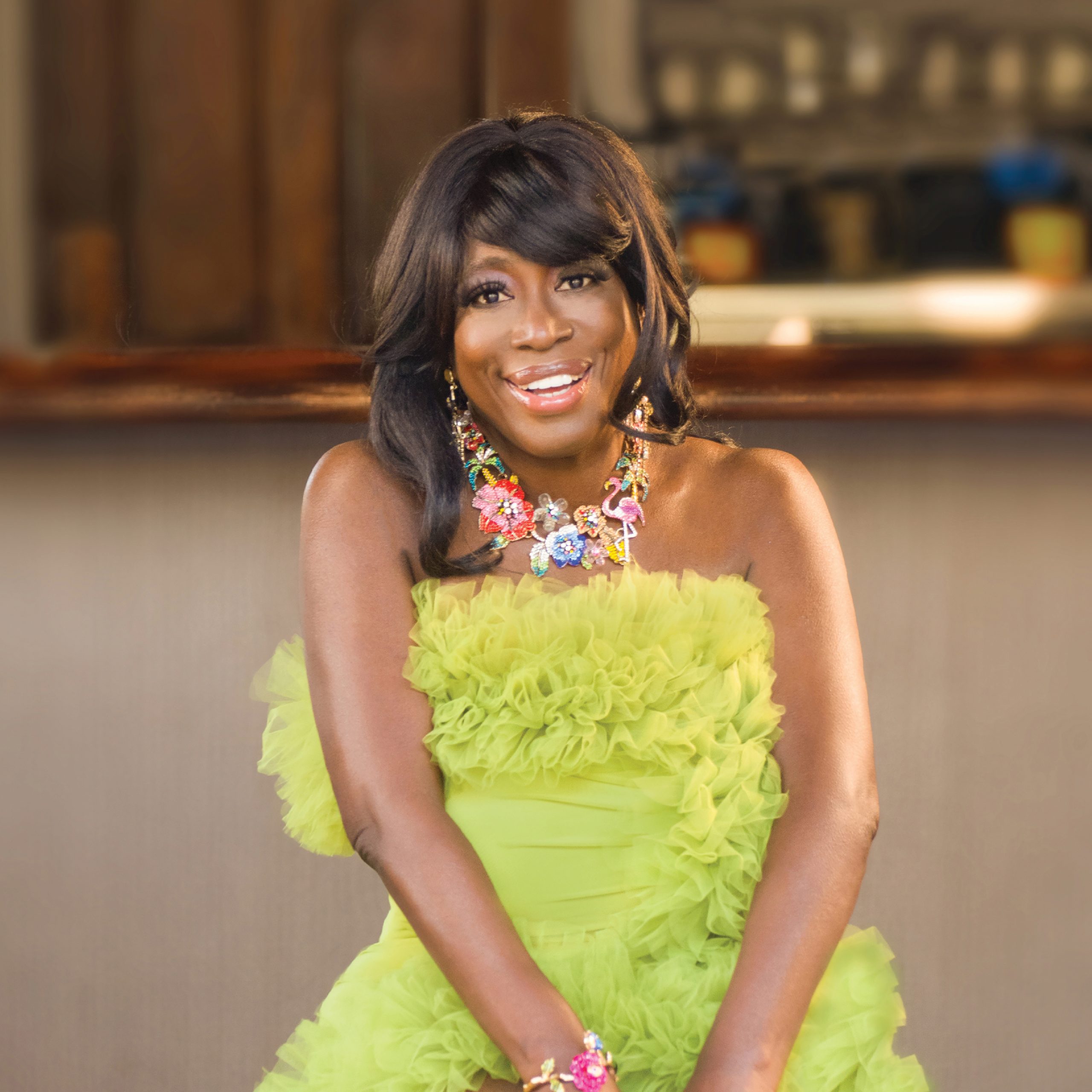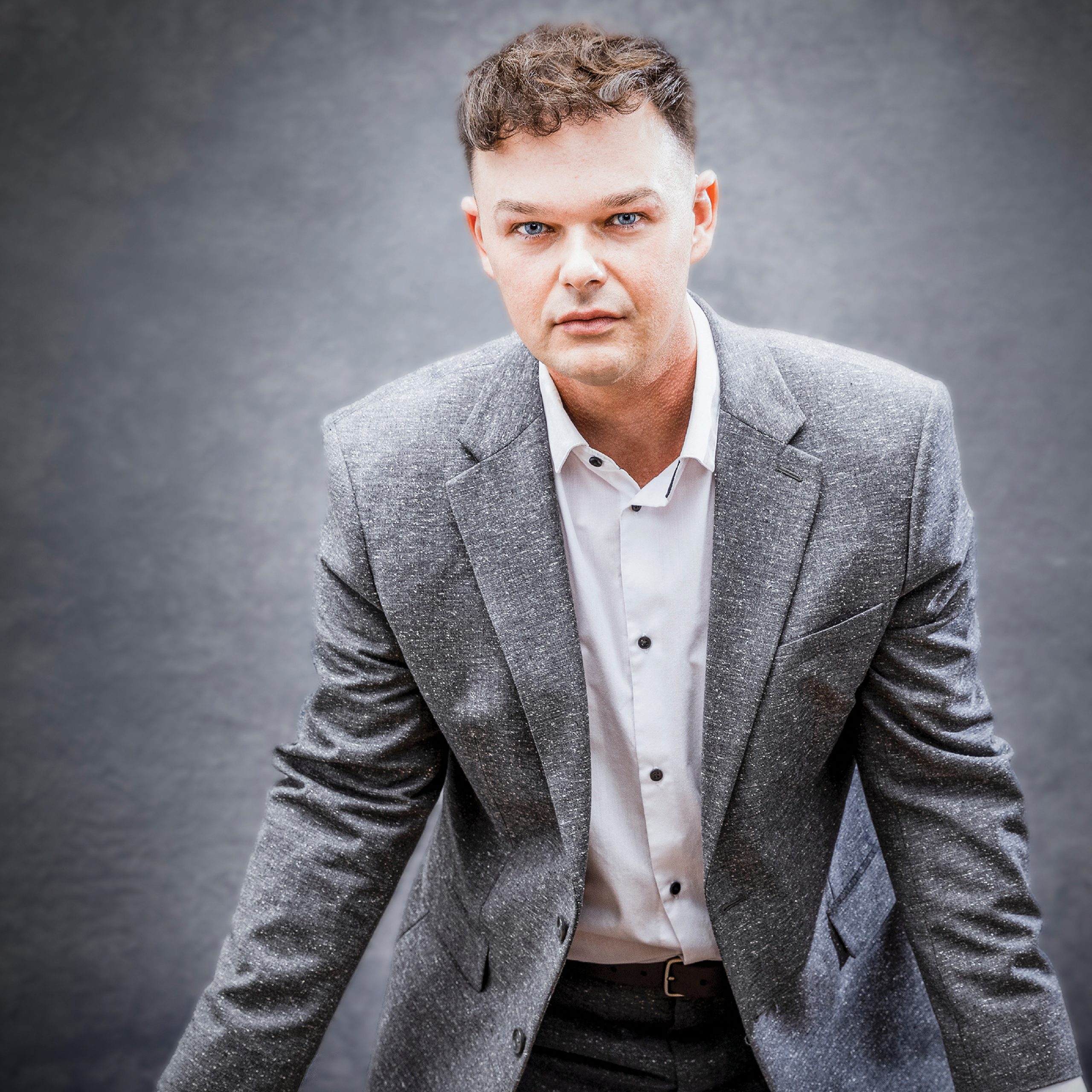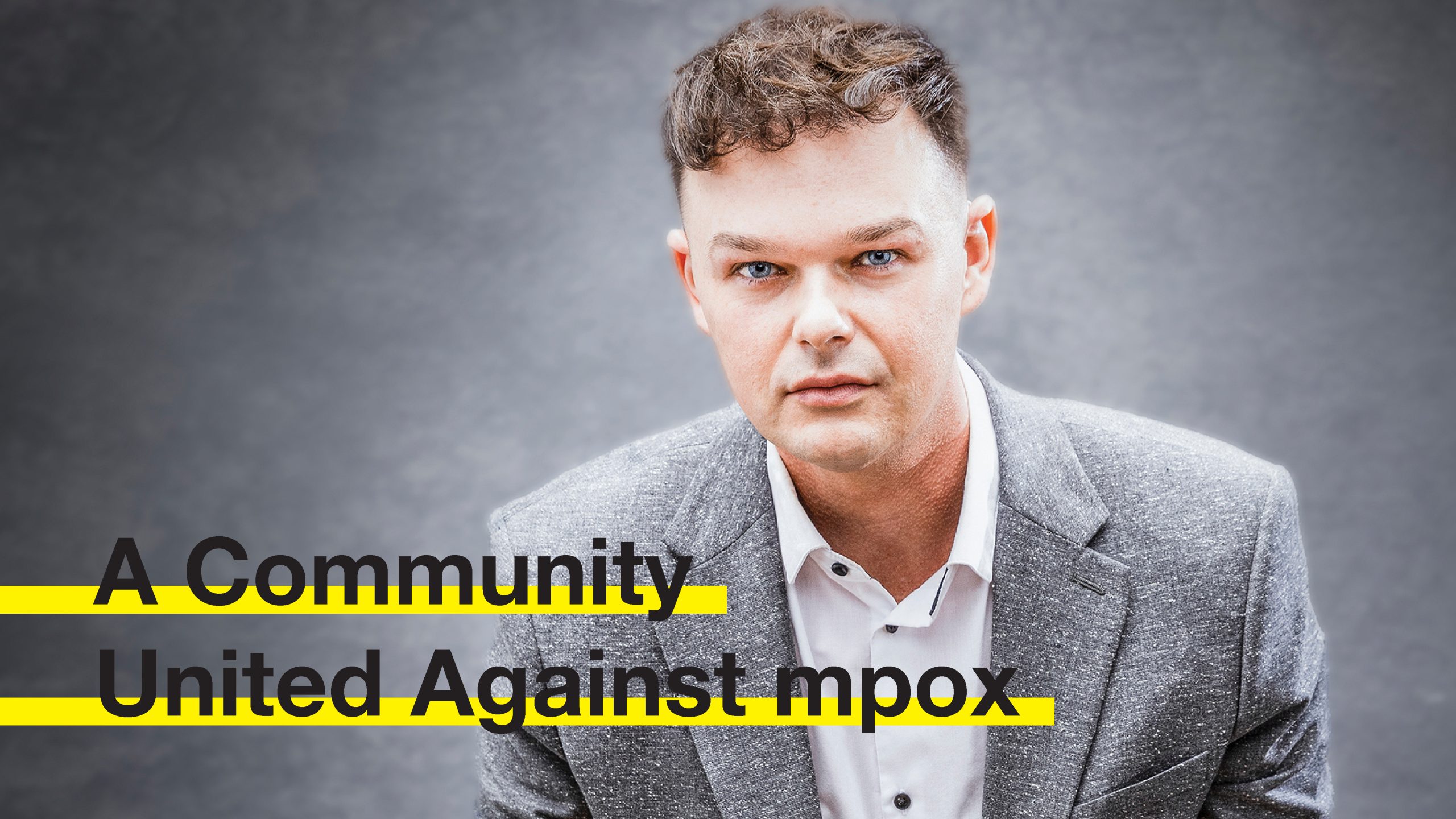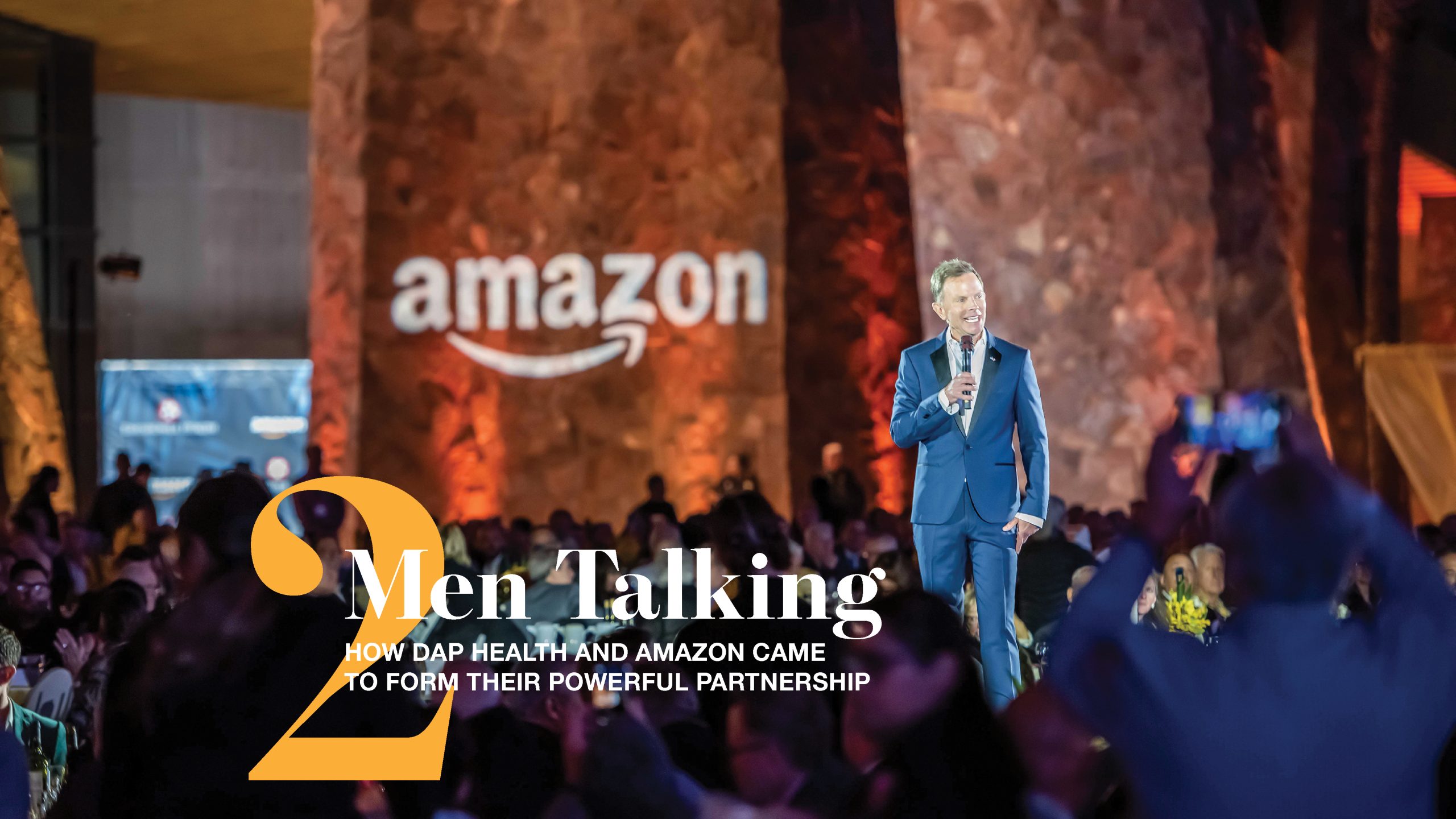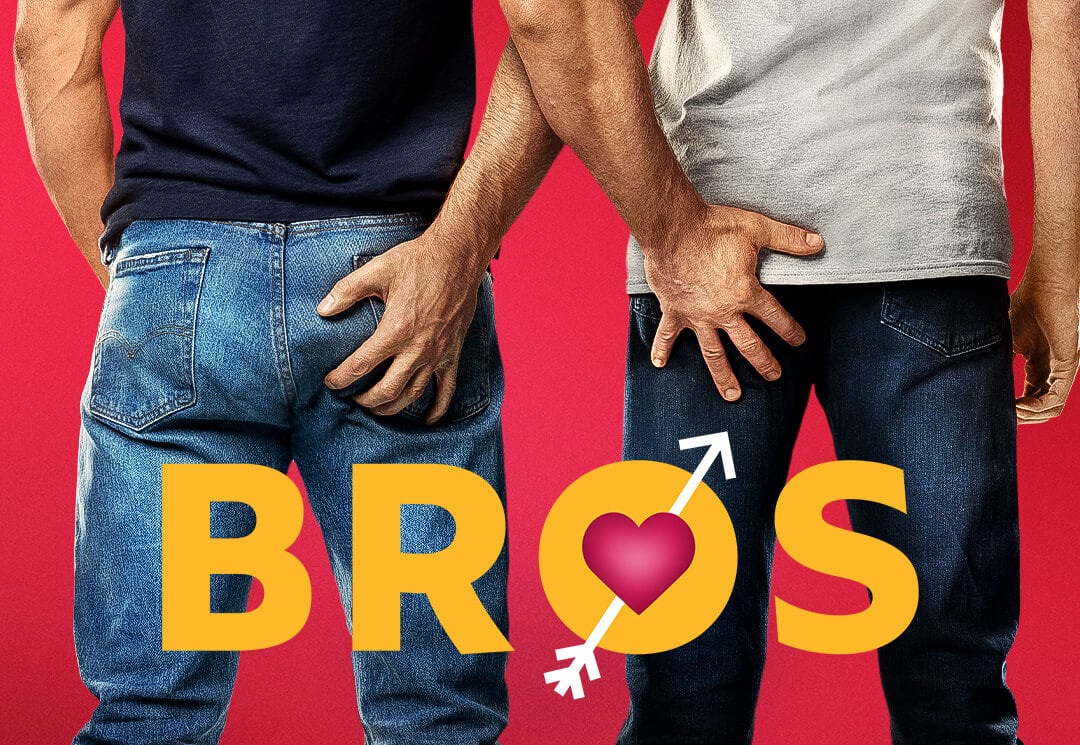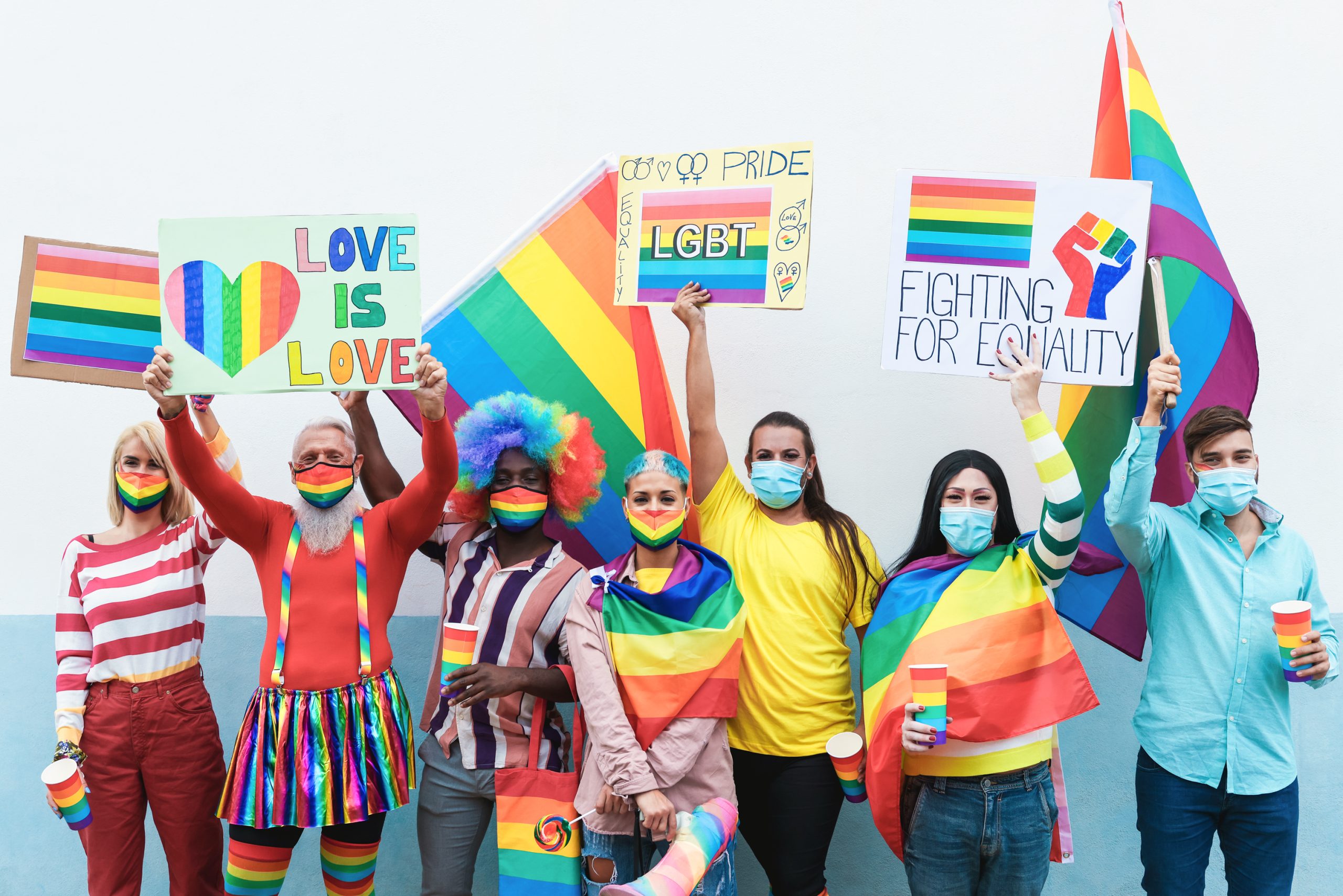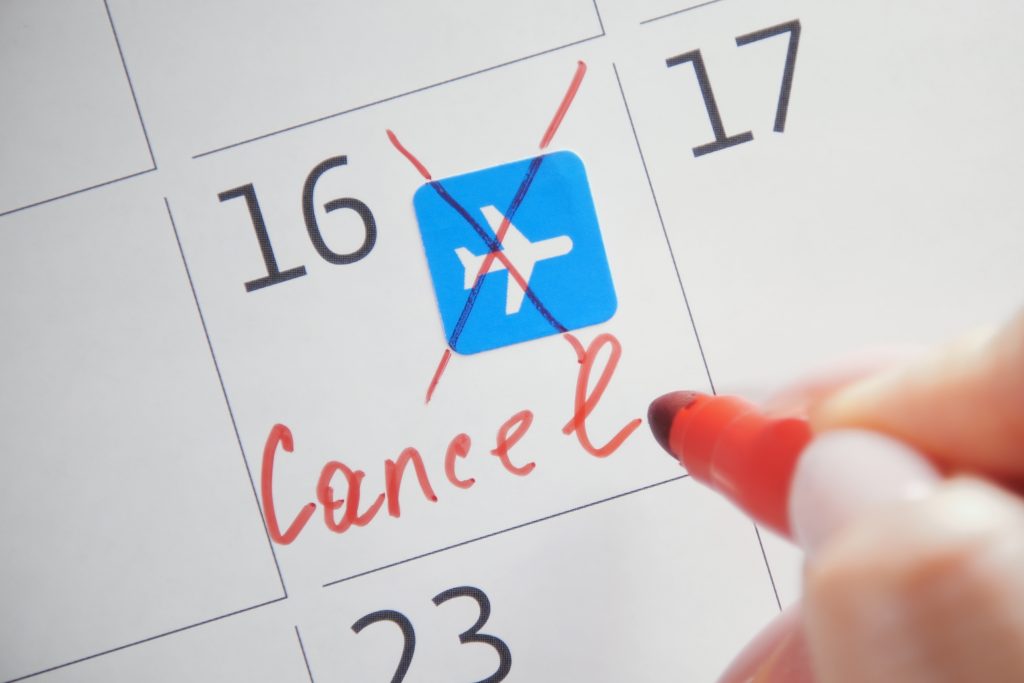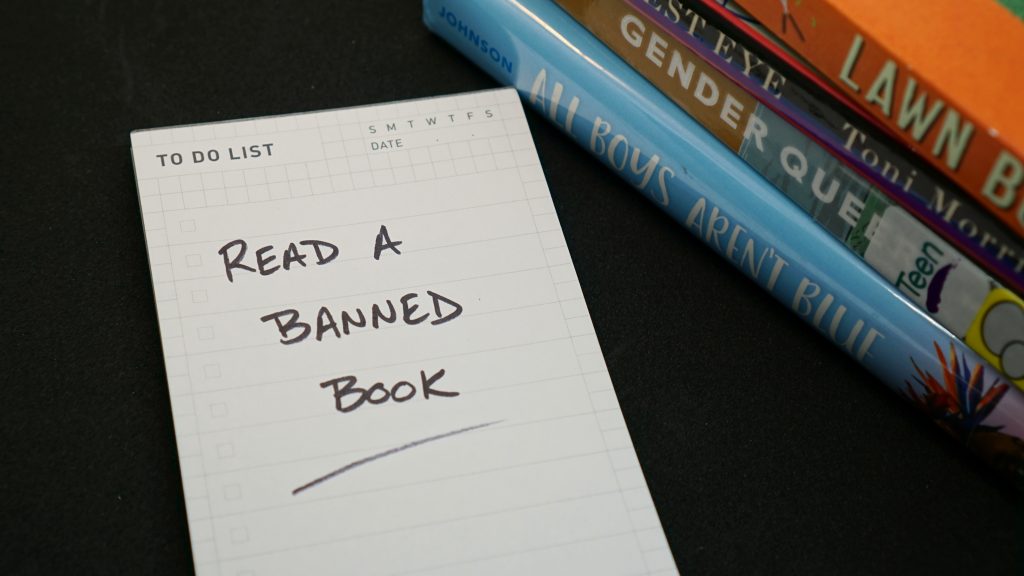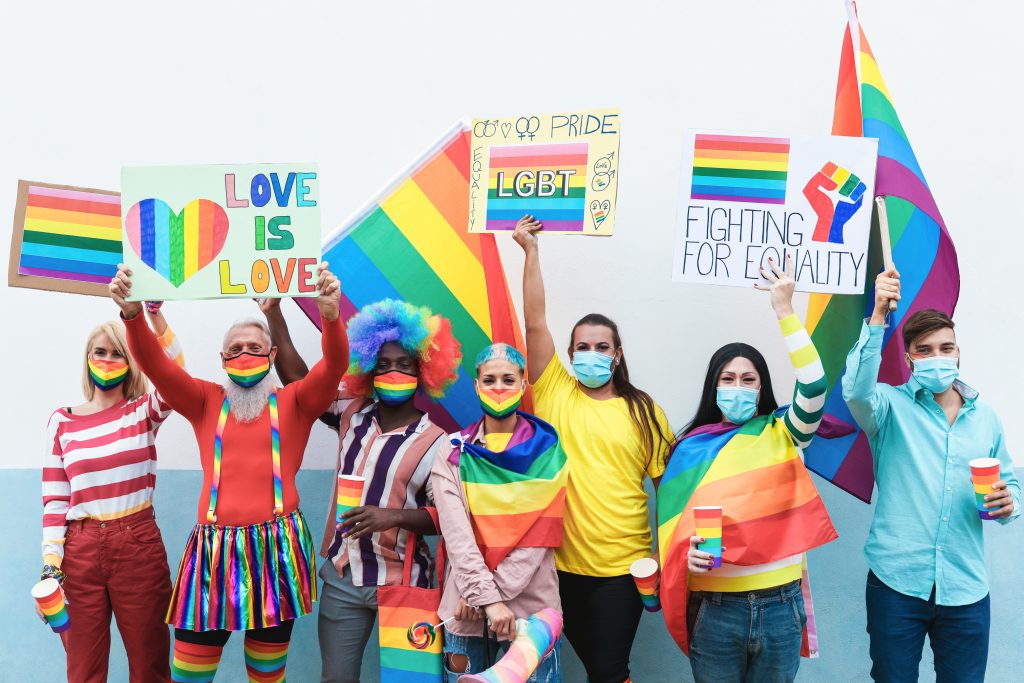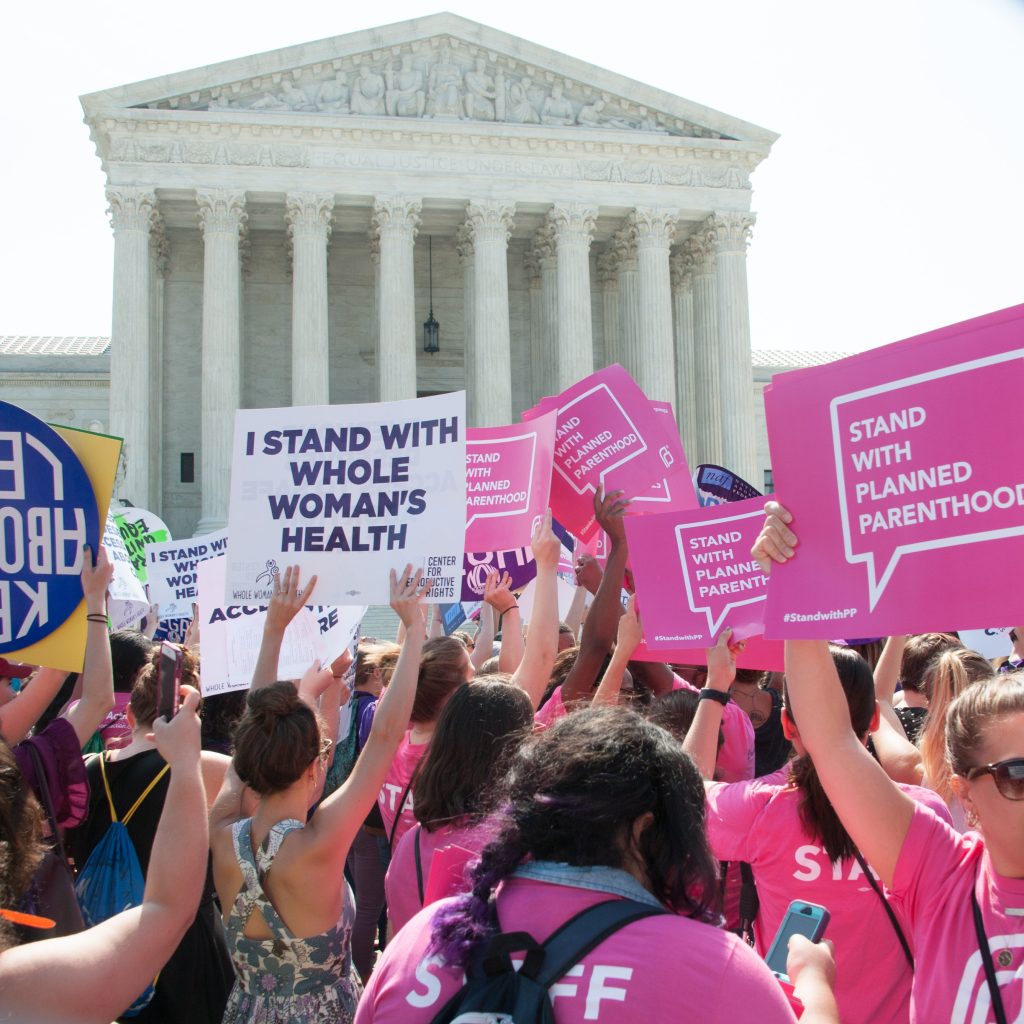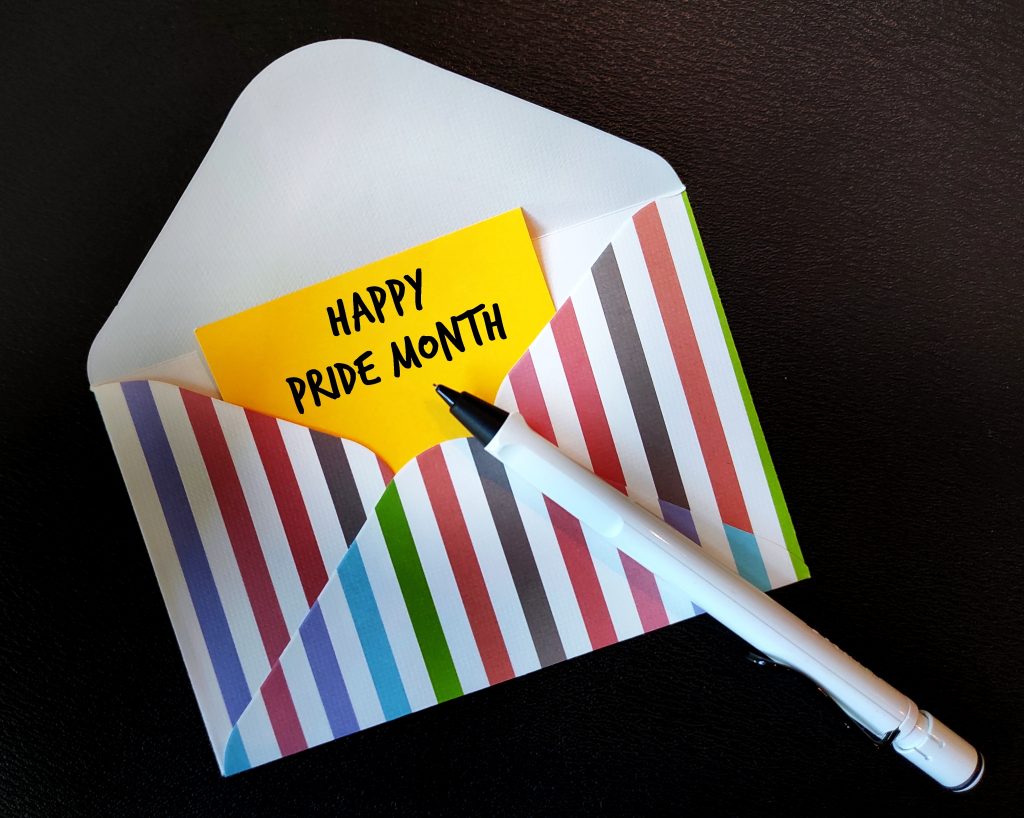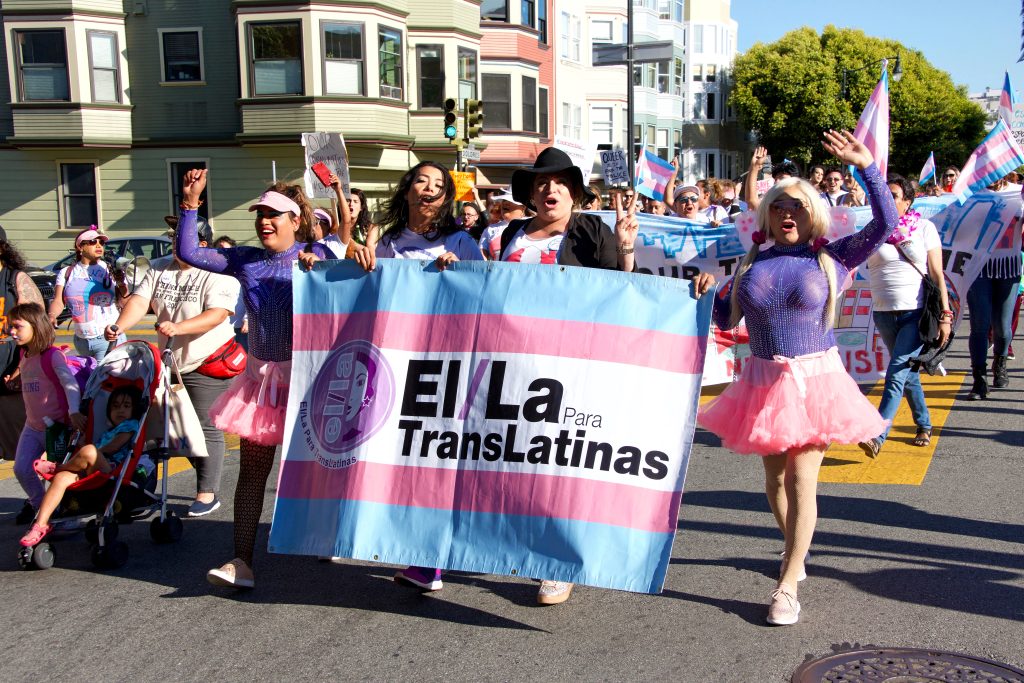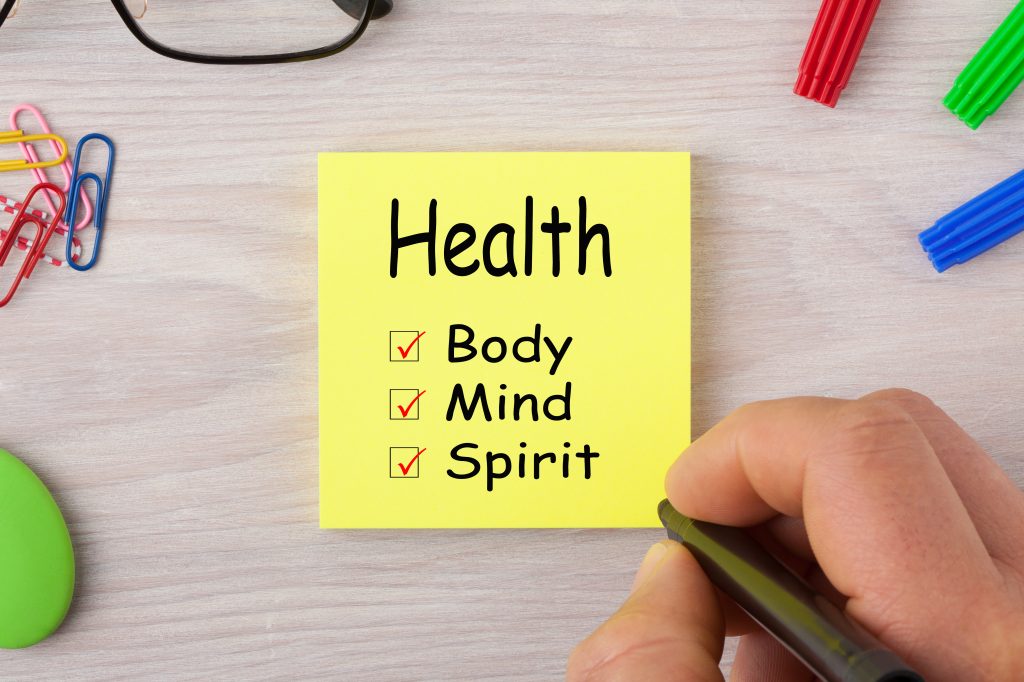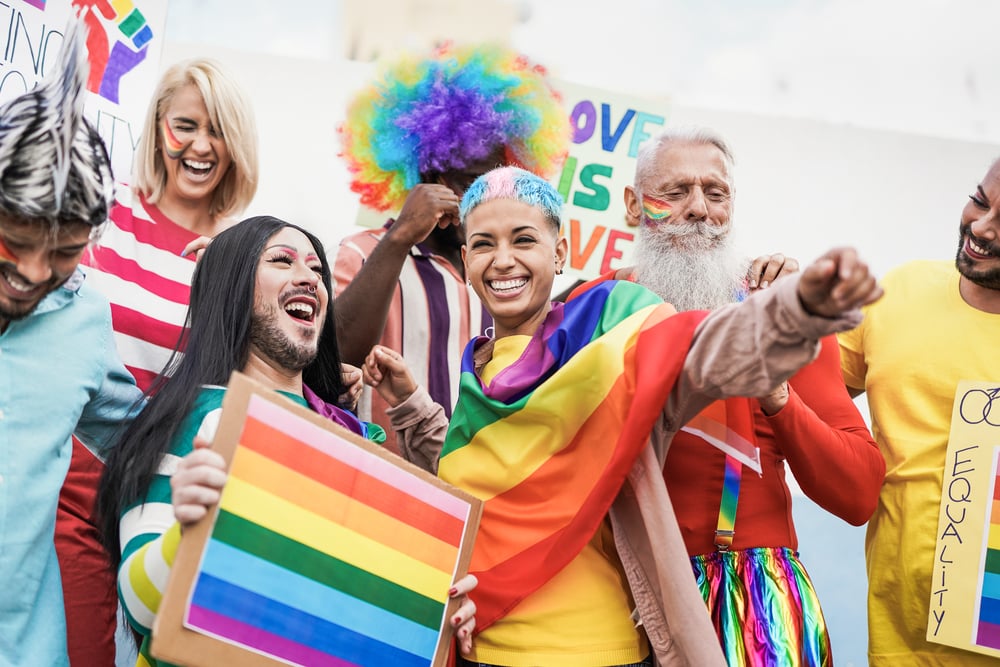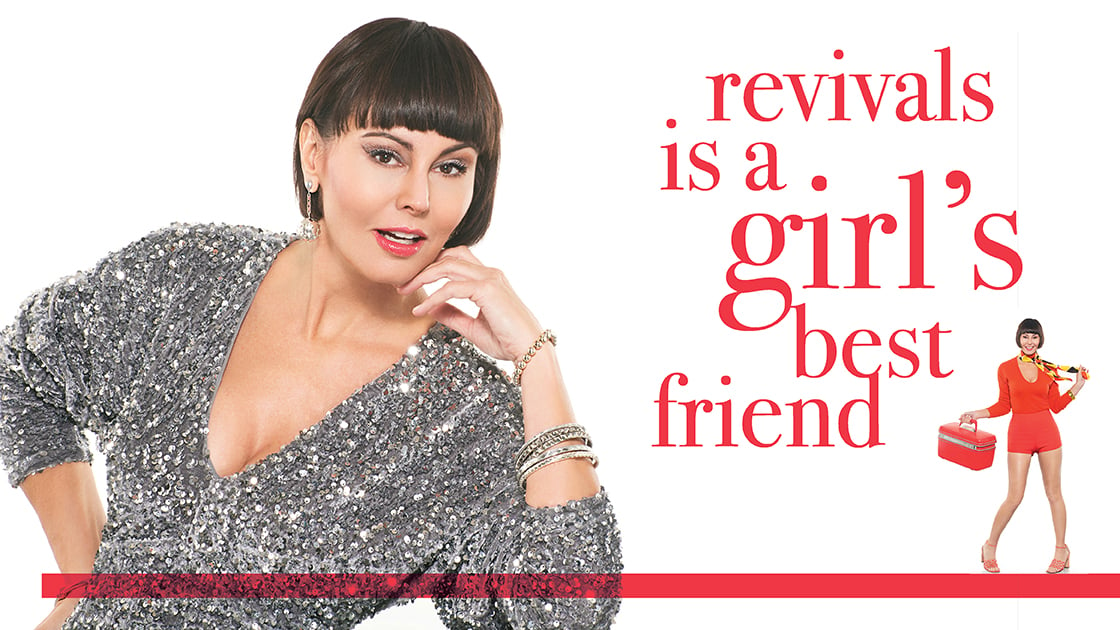
Revivals is a girl’s best friend
Step inside DJ Modgirl’s retro-filled mega-closet, an ongoing collaboration with thrift stores throughout the valley and beyond
Words by Kay Kudukis • Photos by Matthew Mitchell
Kellee McQuinn’s closet has its own closet. The doors to the closet’s closet have been removed, and that’s where her shoes live in clear plastic boxes. I pick up a sparkly pair with what I’m guessing is a five-inch spiked heel and ask if she can actually walk in them. “They go with an outfit,” she says with a shrug and a laugh.
I turn to look at the racks and racks of clothing behind me and wonder if it’s the beaded and feathered Las Vegas-style gown she showed me just minutes ago. It looks like one of the Bob Mackie confections Cher might have worn on her 1970s TV shows. I flash back to my youth, with my mom getting ready for an event at the country club, doing her hair and makeup, then slipping into a cocktail dress or a gown and a tiara, transforming into a 1960s princess. It’s a nice memory. I feel happy.
Of course, that feeling has a great deal to do with McQuinn herself. Known throughout the valley as DJ Modgirl, she played my 65th birthday party. It was her first gig, and the first time we met. We became instant friends, although I imagine that’s what happens with everyone who meets her. She’s a natural performer with a cloud of charisma surrounding her like Pigpen has dirt. But, you know, in a good way.
For anyone who doesn’t attend or read about local events, DJ Modgirl has captured the valley’s fancy with her boundless energy and retro style that echoes whatever groove she’s been asked to spin at one of the hundreds of events she’s DJ’d over the past year plus change. Metaphorically, this girl is on fire.
So, it isn’t surprising that she’s the face of the new “Re-Love the Pre-Loved™” campaign at DAP Health’s Revivals Thrift Stores, where profits from all four valley outposts — in Palm Springs, Cathedral City, Palm Desert, and Indio — benefit the nonprofit.
“Kellee is the perfect person to bring our campaign to life,” says DAP Health Director of Brand Marketing Steven Henke. “She possesses an authentic passion for vintage and resale fashion, projecting a joyful persona wherever she goes. We are also proud to support her as an ally by sponsoring her new Sunday show on KGAY radio.”
That’s right, she has her own weekly radio show, too. But let’s get back to her closet.
It used to be a second bedroom, and not a small one either. One entire wall is racks of clothing, all retro and separated by categories: glam, sporty, disco, cocktail, tea party, art gallery, yacht rock — and going waaay retro is one lone square-dancing dress. “It was for a hoedown,” McQuinn tells me, and it is not a knockoff. “This is handmade from the Ozarks.”
All I want to do is to stay here and play dress-up forever. I snap out of it, reminding myself that not one item here would fit me. So, should I wish to create a closet like this for myself in my size, how would I go about that?
McQuinn enlightens me: “So thrifting — whether you’re in a store, at the vintage mart, or any kind of kiosk — can be a little overwhelming. I go for color. I’m attracted to color. Or anything shiny… I have a friend. His favorite color is clear. And he will argue that clear is a color.” She looks a little bewildered, then wryly intones, “I try not to wear clear clothes.”
She goes through her dresses as she talks, like she’s shopping, perusing the racks. She tells me her style icons are Audrey Hepburn and Jackie O, and that totally tracks. Put a pair of big sunnies on her with any outfit, and she could pass for either.
“It’s better, in a way, to go when you don’t have an agenda,” she tells me, “and you’re just in the treasure hunt of it all and looking for color and texture. I just open my mind and I’m like, ‘All right, fashion gods, guide me’ and boom, boom, boom — I find some really great stuff.”
She continues down the rack. “I don’t want to sound like a New Age nut, but I really use the Force. If I’m looking for something — furniture, a knickknack, or something for an event — and I get an intuitive hit to go to Revivals, I beeline it there. And you have to sift because you might not notice… ‘Oh that’s just a pink dress,’” she says, as she pulls a pink dress off the rack. “Or is it?” Suddenly, the dress comes alive with its gorgeous bodice and twirly skirt.
“Just like music,” she continues, “clothes make me feel alive. And one thing I love, love, love about Palm Springs is: people turn it out.”
We commiserate over peer pressure in Los Angeles, where we both lived for a while, and where people are judgy because you’re expressing yourself through your clothes — too many sequins, too much color… But here in Palm Springs, “There’s always someone who is going to be way more sparkly and way more rainbow bright than you,” McQuinn says.
She feels the same way about clothing labels as she does about people labels: she doesn’t care. A great dress is a great dress, whether it’s Chanel or an unrecognized designer. If she likes it and it fits, it’s hers.
Does she ever agonize about leaving an item behind for someone else to re-love? She laughs. “Forget about the man who got away. I have to forget about the dress that got away. But I also trust it.”
She gives me that 1,000-watt smile of hers, and I know she really means it when she says, “Everything happens for a reason, you know?” And I smile back because I live here too, and I know exactly what she means.
